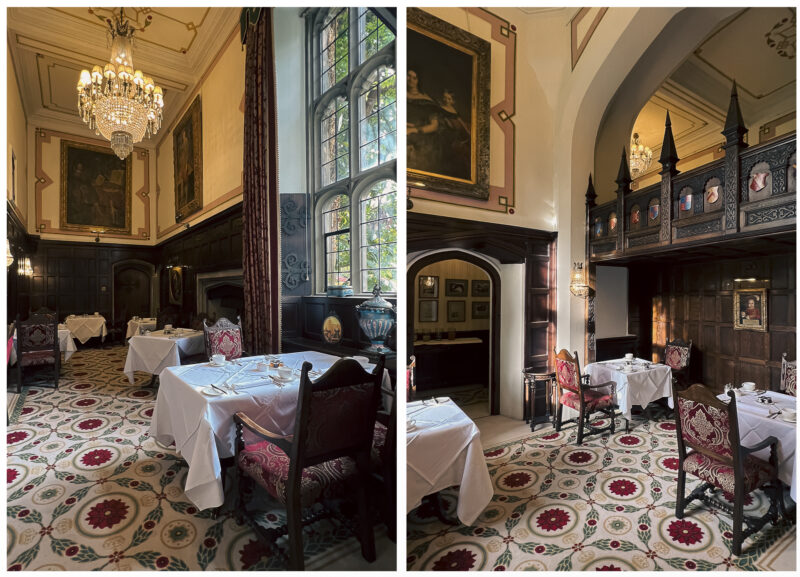A romantic weekend getaway in the Cotswolds
If you enjoy road tripping and village hopping, then the Cotswolds are the right destination for you. The southwest England district is famous for its numerous honey-colored limestone villages scattered throughout the beautiful, rolling countryside. Join us as we explore quaint shops, historic mansions and archaeological sites in this Area of Outstanding Natural Beauty (AONB) and romance.
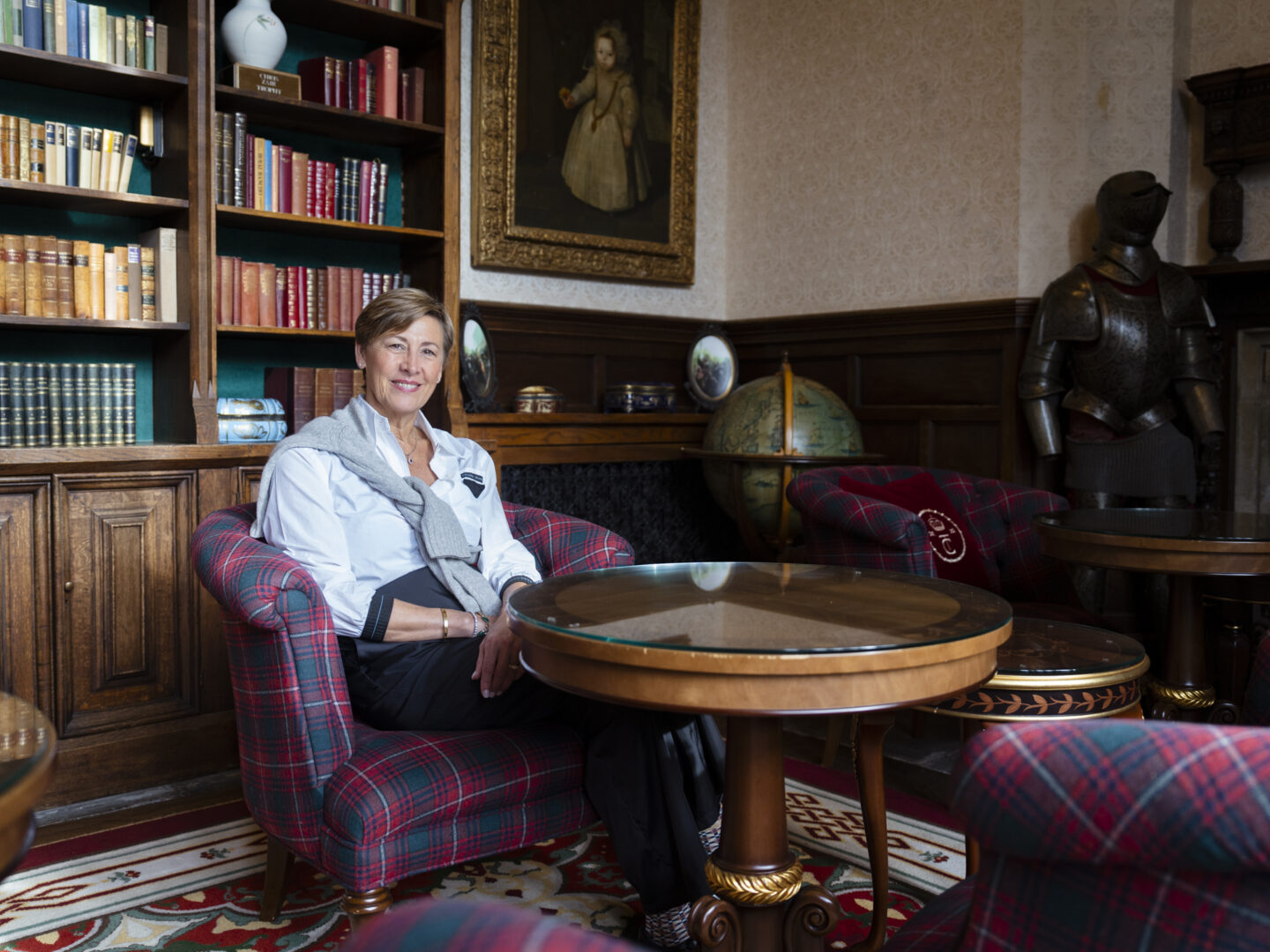
Where does the name Cotswolds come from?
The Cotswolds’ name is a combination of the Old English words cot and wold. A cot is a sheep pen, and a wold is a rolling hill. So, the Cotswolds is an area of hills and valleys dotted with sheep farms.
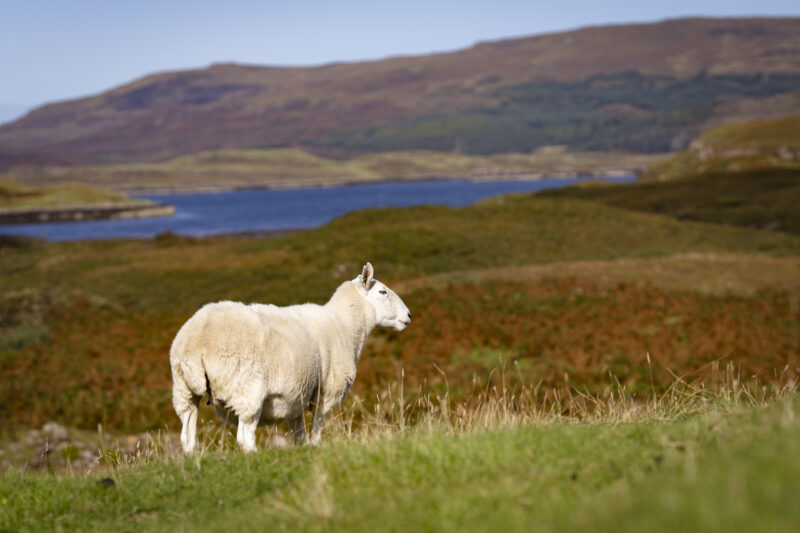
Roman influence
After the Romans invaded southern England in AD 47, they gradually settled in the area. They built roads and villas and constructed farms to grow grain and raise sheep. The Romans were used to breeding sheep as they needed wool for the soldiers' tunics. The domestic sheep were small, and their coats were of poor quality. Hence, the invaders introduced their own Roman breed of sheep. It is believed that the famous Cotswold sheep descended from this Roman breed.
Wool industry through the ages
The Romans were followed by the Saxons and Normans who continued sheep farming. By the 12th century, the Cotswold wool was prized far beyond the borders of England by merchants, bishops and kings. Despite wars and the Plague, the wool industry continued to flourish and became the backbone of the English economy. The proceeds financed not only the construction of cathedrals and wool churches but also the expansion policies of the British Empire.
The decline of the wool industry began after the Tudor reign and the Dissolution of the Monasteries. Competition came first from merino wool from Spain and later from wool from Australia. The emergence of cotton as a new fabric for clothing caused the market for wool to collapse completely.
Characteristics of the Cotswold sheep
The famous Cotswold sheep is large and sturdy. The animal has a friendly nature and no horns. The Cotswold sheep also has a characteristic long hairlock hanging over its forehead. Because of its strong build, the animal can easily withstand inclement weather conditions. Its long hair is sheared up to twice a year and processed into a thick, shiny wool.
After the collapse of the wool mills in the 19th century, the Cotswold sheep remained valuable for its meat. The wool is now mainly used by artisans.
The most beautiful villages of the Cotswolds
The Cotswolds cover more than 200 000 hectares of beautiful countryside dotted with picturesque limestone villages and lots of sheep. To explore the whole area, you will need several days. Here are some of the most beautiful places we visited.
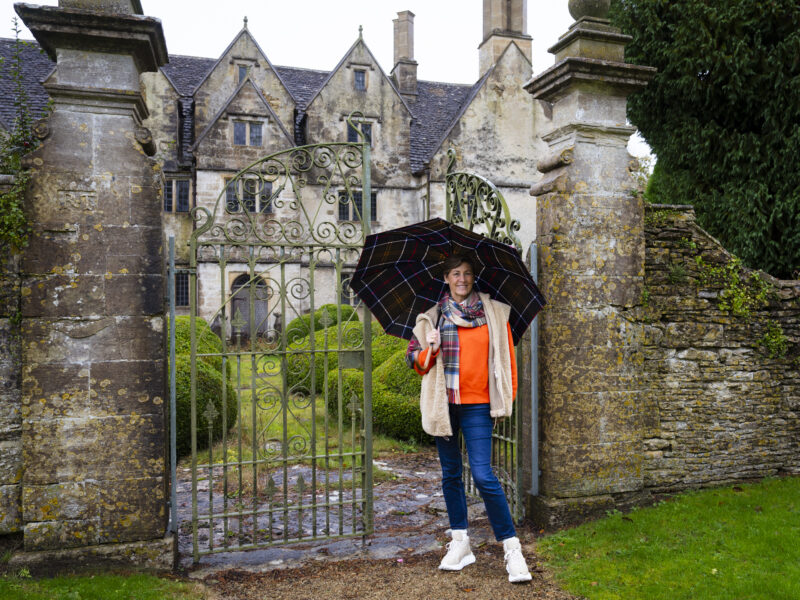
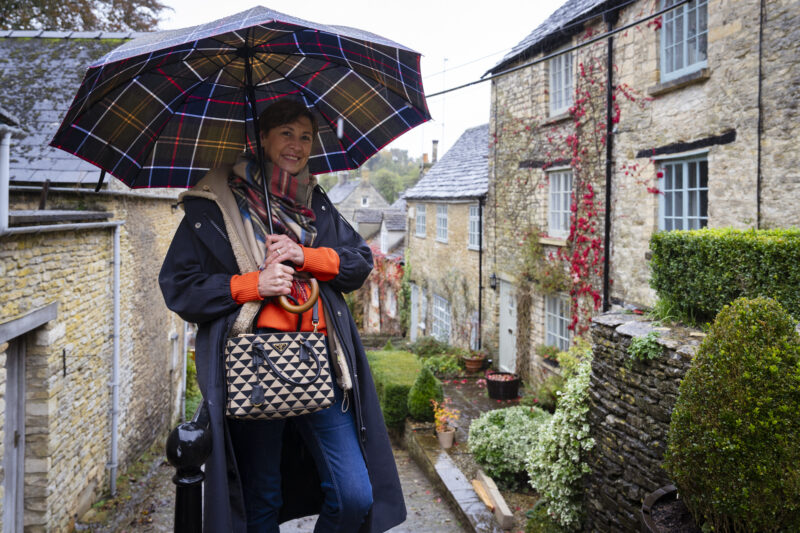
Chipping Norton: almshouses and celebrities
Our first stop is Chipping Norton, a lively town 25 km northwest of Oxford with a vibrant market and a nice choice of cozy antique stores, small restaurants and coffee houses. The striking town hall dating from 1842 and the row of almshouses from 1640 on Cornish Road are of particular interest. The cottages were built by the wealthy merchant Henry Cornish for the benefit of 8 poor widows. At the end of the street, you reach St Mary's Church, a perfect example of a wool church built by wealthy merchants seeking to a secure place in heaven. The village is hardly affected by busy Cotswolds tourism but does count several celebrities among its residents.
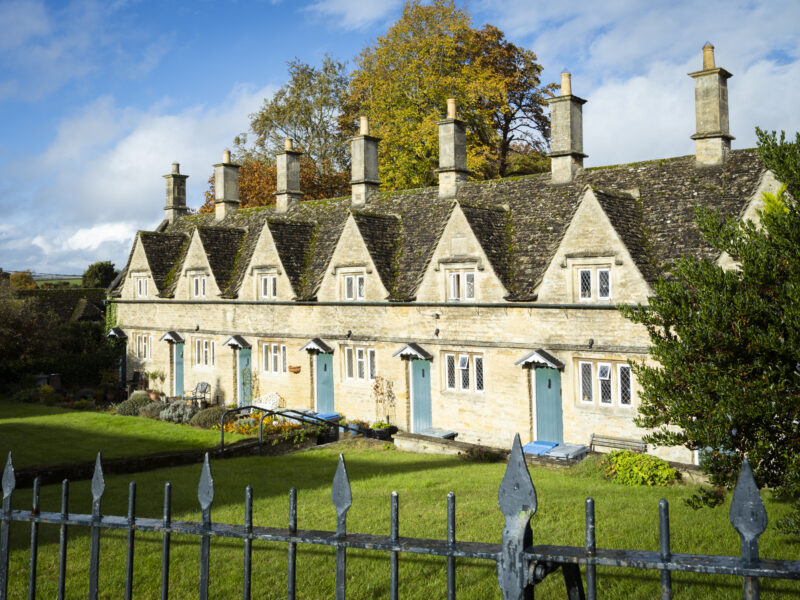
Tetbury, home to royals
Beautiful Tetbury is home to the British royal family. Highgrove House is located just outside the village center and is open for a tour of the gardens. But Tetbury has much more to offer than royalty. Here you'll not only find the Cotswolds' best antique stores; you will also discover 17th-century weaver's cottages on a walk up the Chipping Steps to Gumstool Hill. The houses are still unchanged from the time they were built. The 16th-century Market House in the village center is a real gem. In those days, traders sold wool and yarn in this location. The weekly market continues to take place under the arches of the market house. There is also a wool church called St Mary's Church, just like in Chipping Norton. The beautiful Gothic-style church has one of the tallest spire towers in the United Kingdom and is definitely worth a visit.
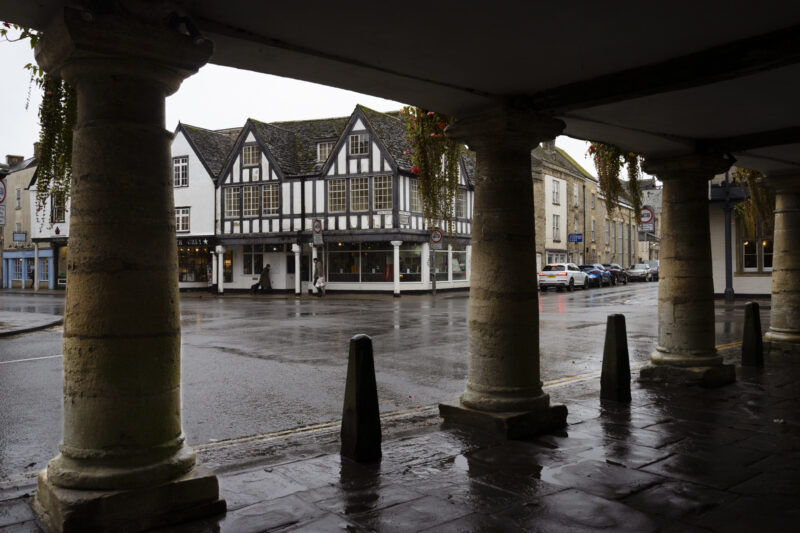
Corsham, about peacocks and Poldark
The imposing Saxon estate, Corsham Court, dominates the local community of Corsham. In the 17th century, the lady of the house, Lady Margaret Hungerford, had a school built at the entrance to the village, with an adjoining house for the schoolmaster and six almshouses for the poor and needy. You can still visit the original building with intact built-in furniture. While strolling down the pedestrian High Street, you will surely come across some peacocks. The birds roam the streets freely and belong to Corsham Court. You really should not miss the charming pubs, local shops and picturesque Flemish houses on High Street. The makers of the BBC hit series Poldark chose the village for shooting part of its episodes.
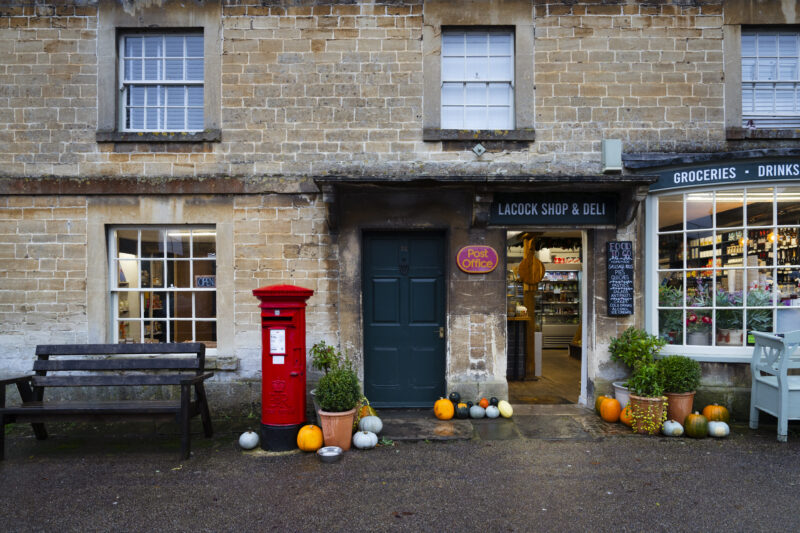
Lacock, cradle of British photography
A stone's throw from Corsham is Lacock, a quintessentially English village straight out of a movie set. Its historic streets and small cottages of limestone and wood are in perfect condition. Some cottages even date back to the 12th century. Lacock is one of the treasures belonging to the National Trust.
Of particular interest is Lacock Abbey. The abbey was founded in 1232 by Ela, Countess of Salisbury who was one of the most powerful women during the Middle Ages. The building was demolished 200 years later and replaced by a new monastery. After the great Dissolution of the Monasteries, Lacock Abbey fell into disrepair. A Tudor-era courtier purchased the monastery and transformed the building into a country house. In the 18th century, the village and abbey came into the hands of the Talbot family. It is here that Henry Fox Talbot, one of the fathers of photography, discovered the calotype or paper negative. This technique uses silver iodide to convert a negative into a positive image on paper. While other methods proved unstable for further development, calotype formed the basis of modern photography.
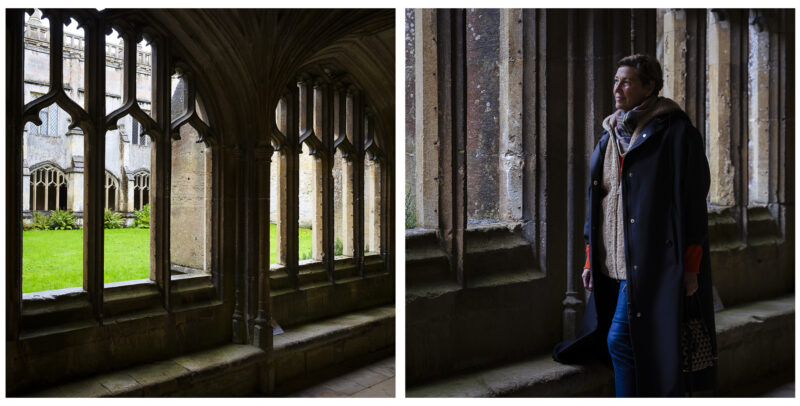
Foodie heaven in the Cotswolds
It may not surprise you that the picturesque and wildly popular Cotswolds are visited not only by nature lovers but also by foodies. There is something for everyone, from cozy coffee houses and local markets to sophisticated restaurants and charming pubs. We discovered some awesome places during our stay.
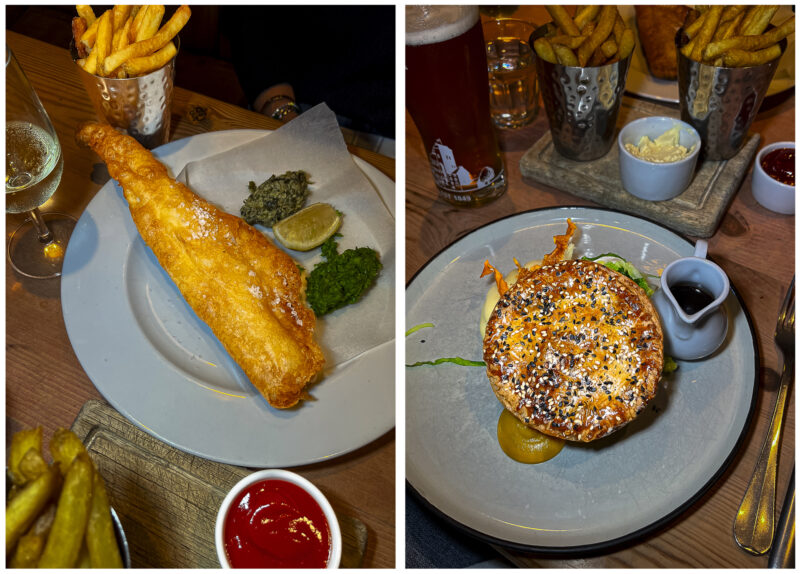
The Kingham Plough
The Kingham Plough is all about Cotswold charm and good food. We skip the more formal dining area and take a seat at a rustic table next to the open fire in the relaxed pub section. The menu boasts a nice choice of local ales, light bites and modern dishes.
We snack on meaty olives and cajun whitebait with bloody mary mayo. The tiny fried fish are light and crispy, and nicely seasoned with sweet chili. We share a portion of award-winning fish and chips served with pea mash and tartar sauce, followed by a smoked ham hock and chicken pie. The pie is to-die-for. The flaky and flavorful crust has a shiny golden color and is sprinkled with sesame seeds. The filling is a bit like vol au vent but with less sauce. It also includes bits of green celery, carrot and onion. There is no more room for dessert, so off we go to the next stop.
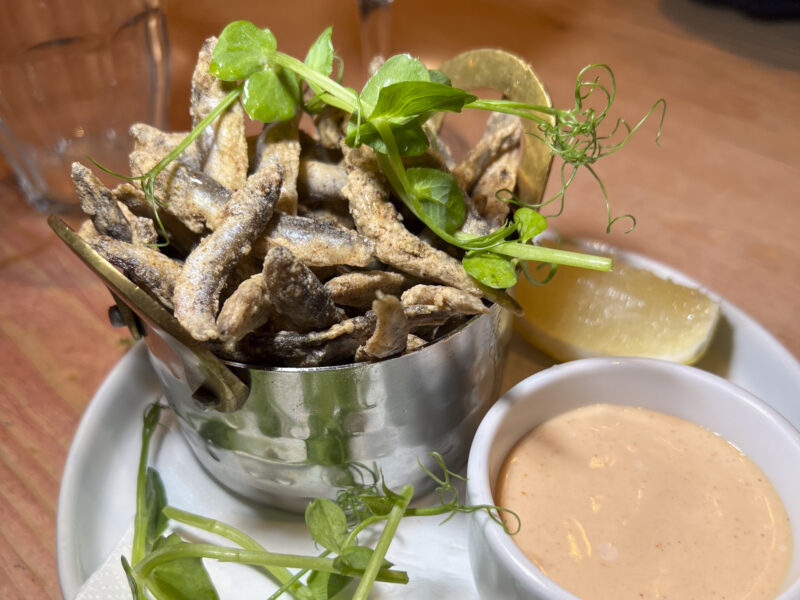
Daylesford Organic Farm
On the road from Kingham to idyllic Stow-on-the-Wold, we pass Daylesford Organic Farm, a must-stop for anyone who loves delicious and healthy food, stylish home furnishings, wellness and beauty. Daylesford Farm is simply lifestyle heaven!
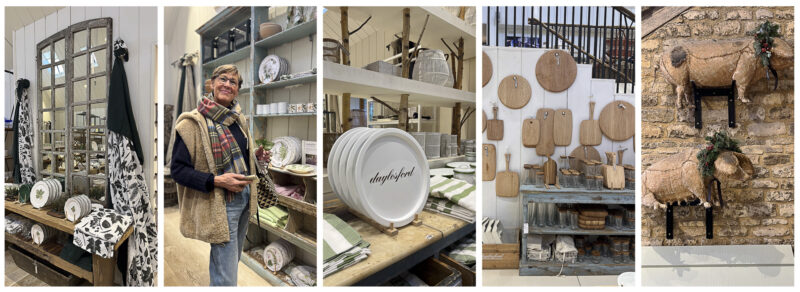
Daylesford Organic is first and foremost an organic working farm, but that is only the beginning. The lady of the house, Carole Bamford, transformed old stables and barns into a unique shopping experience where all aspects of holistic living are covered. Not only is there an abundance of fresh, organic food but you can also enjoy a relaxing massage at the Bamsford Wellness Spa, take a cooking class at the Cookery School or grab a healthy bite to eat at the deli or restaurant. Furthermore, you'll find everything you need to transform your own home and garden into true Cotswold style. To enjoy it all to the fullest, stay in the Daylesford cottages or in one of the related gastro-pubs. End your day with a botanical cocktail.
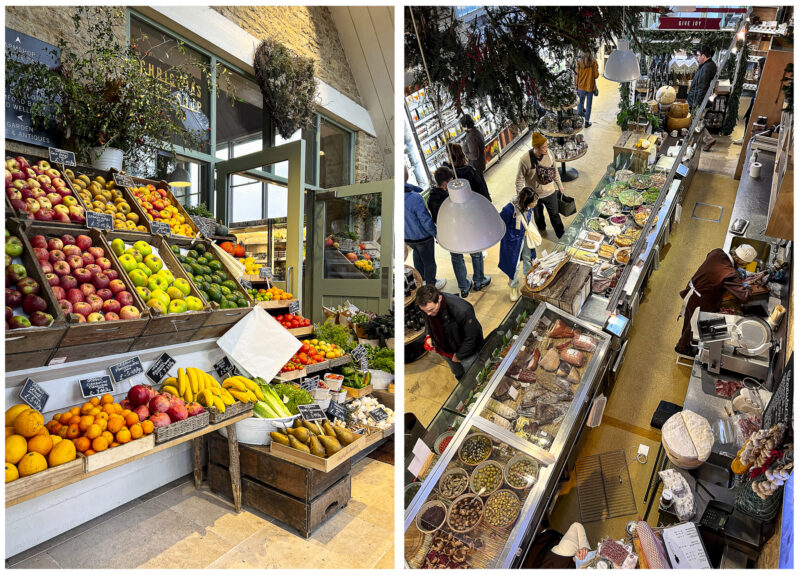
Live like Tudor royalty at Thornbury Castle
We arrive at Thornbury Castle, a magnificent 16th-century Tudor castle and member of Relais & Chateaux. The hotel comes right out of a history book even though it was completely renovated in 2021. Its setting is breathtaking and very romantic.
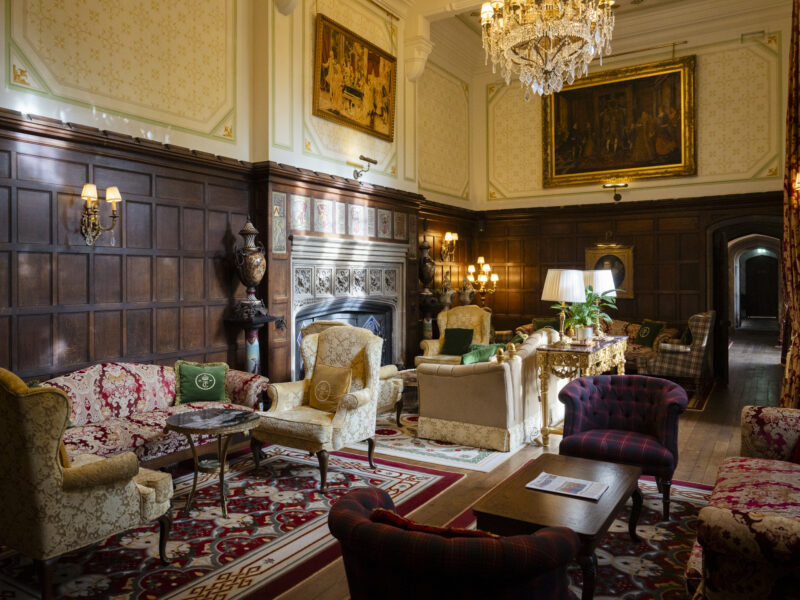
The castle was built during the reign of Henry VIII by Edward Stafford, third Duke of Buckingham, who was directly related to the House of Tudor. Because of his imprudent and hostile statements against the king, the duke ended up on the scaffold and the crown took possession of his property. Henry VIII needed money and sold all of Stafford’s possessions except for Thornbury Castle, a place fit for a king. During a royal tour of the country in 1535, Henry VIII stayed at Thornbury Castle for ten days. If you want to get a glimpse of royal life, reserve the Henry VIII Suite. The tyrannical king shared this very room with his second wife Anne Boleyn.
Thornbury castle is surrounded by 6 hectares of gardens and natural beauty. You can enjoy an extravagant afternoon tea in the magnificent main lounge or an intimate dinner in one of the dining rooms. The restaurant serves modern, sophisticated cuisine and has been granted the 3AA rosette award. You can enjoy a less formal bite in the library where a lounge menu is served. I recommend you try the Thornbury burger with triple cooked chips there. So yummy!
